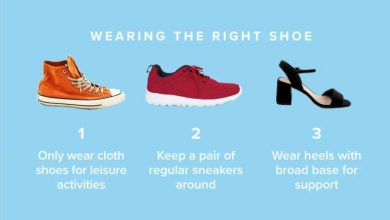What are Cataracts and How Does It Affect Your Vision?

Cataracts are common among older patients. It may cause complications that could impact your daily life. Suburban Eye Associates retains optometrists and ophthalmologists specializing in Jenkintown multifocal implant and cataract treatments.
What is a cataract?
A cataract is a condition characterized by the clouding of the lenses that occurs with aging. An injury may cause the deterioration of the lens’ protein tissue. Some procedures, like radiation treatment, could break down the lens, leading to hazy vision.
When you are younger, the lens produces sharp images. But with time, cloudy patches develop and grow bigger. Cataracts cause blurry vision or the sense that a cloak is blocking your vision. Patients may also experience increased sensitivity to bright light.
Symptoms of cataracts:
- Poor night vision
- You see halos around lights
- Frequent changes in eyeglass prescription
- Your vision is double or cloudy
What are the risk factors?
Cataracts are often triggered by changes that occur in the eye as you age. Most people may not notice they have cataracts until it starts affecting their vision around age 60. The onset of the condition happens around age 40.
The condition could also occur due to genetic factors. You have a higher risk if your family has a history of cataracts. It is advisable to schedule regular checkups with your eye specialists if you have diabetes.
Lifestyle habits like excessive alcohol consumption or heavy smoking may make you susceptible to cataracts. According to the CDC, smokers have three times the risk of developing cataracts than non-smokers.
Steroid medication may increase the pressure within your eyes. As a result, a minute cloudy spot develops under the lens.
Steroid use could impact wound healing and trigger infections. However, the condition is usually reversible after completing the prescription. Exercise and a balanced diet reduce the accumulation of fat, which can worsen cataract symptoms.
Too much sun exposure can damage the lens. Ultra-Violet radiation from the sun alters crucial proteins in the eye, causing cataracts to form. Optometrists recommend protecting your eyes from UV radiation, especially for older adults at risk of the condition.
Cataract diagnosis
Your optometrist will start by physically evaluating your eye’s health. Diagnosis includes a tonometry test to measure the pressure in your pupil. It may involve touching your eye with a specialized tool or blowing air into it.
Your optometrist will also apply eye drops to dilate your pupils. The process helps your provider examine the inside of your eye. The procedure is usually painless and takes only a few minutes.
Treatment options
The first line of treatment is usually getting eyeglasses to correct vision. But if glasses fail to correct your vision, your optometrist may suggest surgery. The outpatient procedure can be performed under local anesthesia.
Cataract surgery replaces the eye lens with an artificial lens. An intraocular lens becomes a permanent feature in your eye. The patient must be free from other conditions that may worsen cataract symptoms. Your provider will guide you when choosing the ideal treatment for your case.
Contact Suburban Eye Associates to schedule an eye appointment today.





